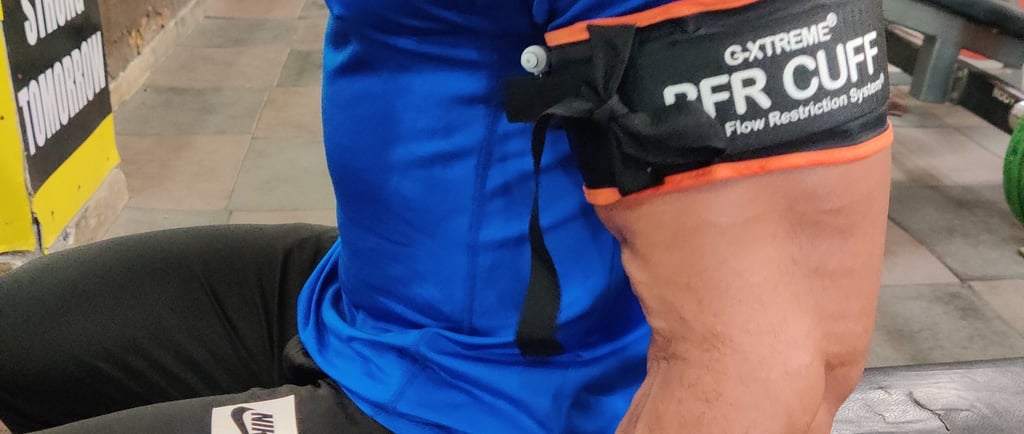BFR Training Safety: A Must-Read Guide
Blood Flow Restriction (BFR) training offers a multitude of benefits for muscle growth, strength gains, and rehabilitation. However, like any training modality, it's important to prioritize safety and understand the potential risks involved. In this comprehensive guide, we'll delve into the safety aspects of BFR training, equipping you with the knowledge to practice it effectively and minimize any potential complications. Potential Risks and Side Effects While BFR is generally safe when performed correctly, there are some potential risks and side effects to be aware of: Muscle Damage: In rare cases, improper BFR application or excessive pressure can lead to muscle damage. It's crucial to adhere to recommended guidelines and monitor your body's response during training. Nerve Damage: Prolonged or excessive pressure on nerves can cause temporary numbness or tingling. If you experience these symptoms, stop the exercise and adjust the cuff pressure. Blood Clots: Although rare, there is a slight risk of blood clot formation with BFR training. If you have a history of blood clots or any concerns, consult with your doctor before starting BFR. Skin Irritation: The cuffs or bands used in BFR can cause skin irritation in some individuals. If you experience redness or discomfort, adjust the cuff or use a protective layer between the cuff and your skin. Guidelines for Safe BFR Practice To ensure a safe and effective BFR training experience, follow these essential guidelines: Cuff Placement: Apply the cuffs to the uppermost part of the limbs, avoiding joints and bony prominences. Ensure proper tightness without causing pain or discomfort. Pressure: Use a pressure that restricts venous blood flow but allows arterial flow. A certified professional can help determine the appropriate pressure based on your individual limb circumference and goals. Exercise Selection: Choose exercises that target large muscle groups and avoid exercises that put excessive stress on joints. Duration: Limit BFR sessions to 15-20 minutes per limb. Frequency: Allow adequate rest between BFR training sessions to promote recovery. Listen to Your Body: Stop immediately if you experience pain, numbness, tingling, or any unusual symptoms. Working with a Qualified Professional It's highly recommended to consult with a qualified professional, such as a physiotherapist or certified BFR trainer, before starting BFR training. They can assess your individual needs, design a safe and effective program, and monitor your progress to ensure optimal results and safety. Galena Physiotherapy: Your Safe Haven for BFR At Galena Physiotherapy and Sports Performance Centre, we prioritize the safety and well-being of our clients. Our BFR training programs are designed and supervised by experienced physiotherapists who adhere to the highest safety standards. We'll guide you through proper technique, monitor your progress, and address any concerns you may have. Don't let safety concerns hold you back from experiencing the incredible benefits of BFR training. Contact Dr. Piyush Jain and the team at Galena Physiotherapy to learn how we can help you achieve your fitness goals safely and effectively. #BFR #BloodFlowRestriction #BFRSafety #TrainingSafety #Physiotherapy #Rehabilitation #GalenaPhysiotherapy
7/15/20241 min read


My post content
